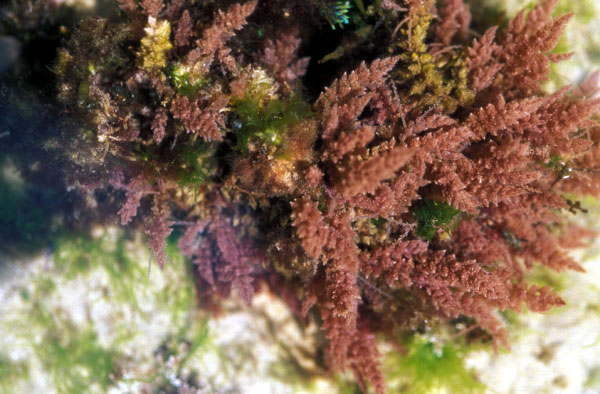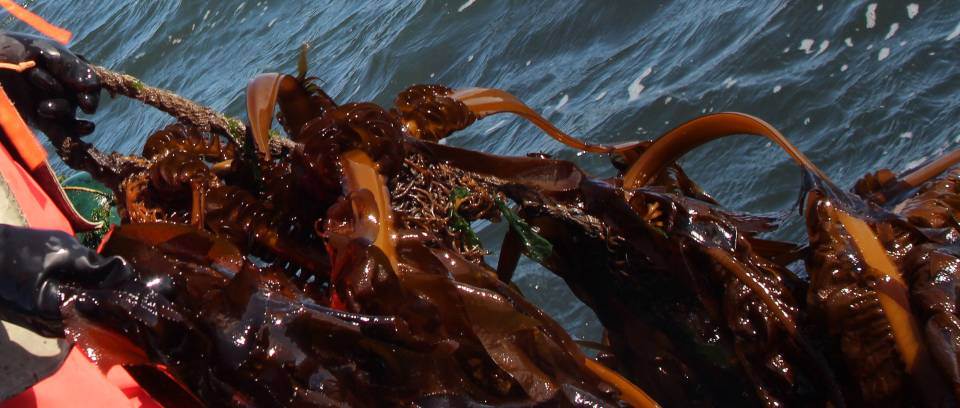The effects of aquaculture on biodiversity have been the subject of much examination, but most of the focus has been on two particular aquaculture systems: shrimp and salmon. However, these are not among the most common species grown in aquaculture, or the most common systems used. Many aquaculture systems use semi-intensive culture to produce fish at a lower level of intensity and use more natural systems, often in ponds or other containers. Semi-intensive aquaculture has a different potential impact than intensive aquaculture, and the specific impact in this area has not been well defined. The role of intensification in aquaculture and agriculture is the subject of much debate today, so this is a good time to consider the relationship between lower intensity aquaculture and biodiversity as a part of that debate. This symposium is proposed to identify and illustrate the main impacts of semi-intensive aquaculture on biodiversity, and to seek means of reducing these impacts of aquaculture expansion on organisms.
As a result of this symposium, a number of papers were prepared for the final publication. Originally we intended to do this in book form, but after some discussion with authors, publishers, and editors, we decided to publish them as a special edition of Reviews in Aquaculture. The decision on publishing venue delayed the completion of these reports beyond the planned date, but as of 15 December 2011, we have 7 of the manuscripts submitted to the journal and out for review, and there are 3 others that are still being edited. We also added one new plan for publication, which was to prepare a shorter version of the reports as a contribution from the group to Science or Nature. So far, we have drafted a version of this manuscript and it is in its second round of editing. That paper, which will be submitted to Science as a contribution to their Policy Forum, should be completed by January 15 and submitted then.





